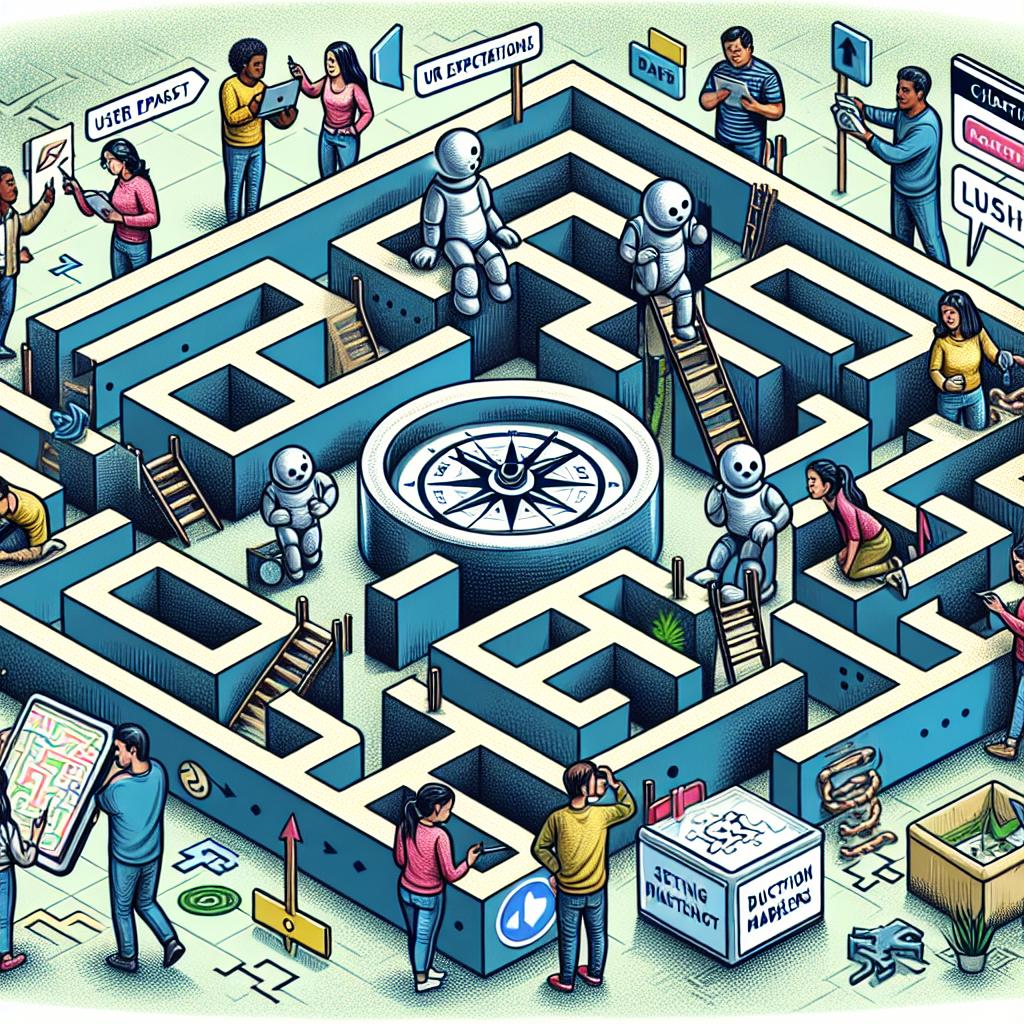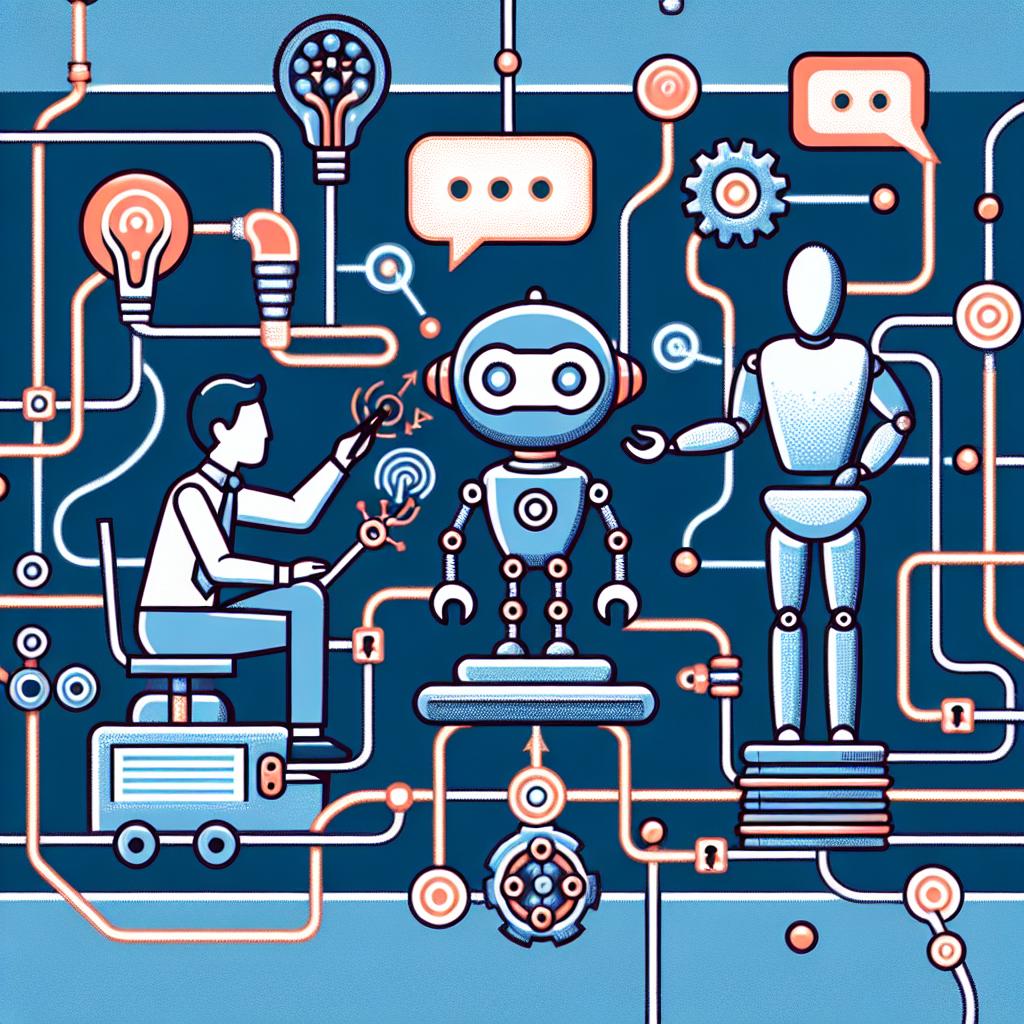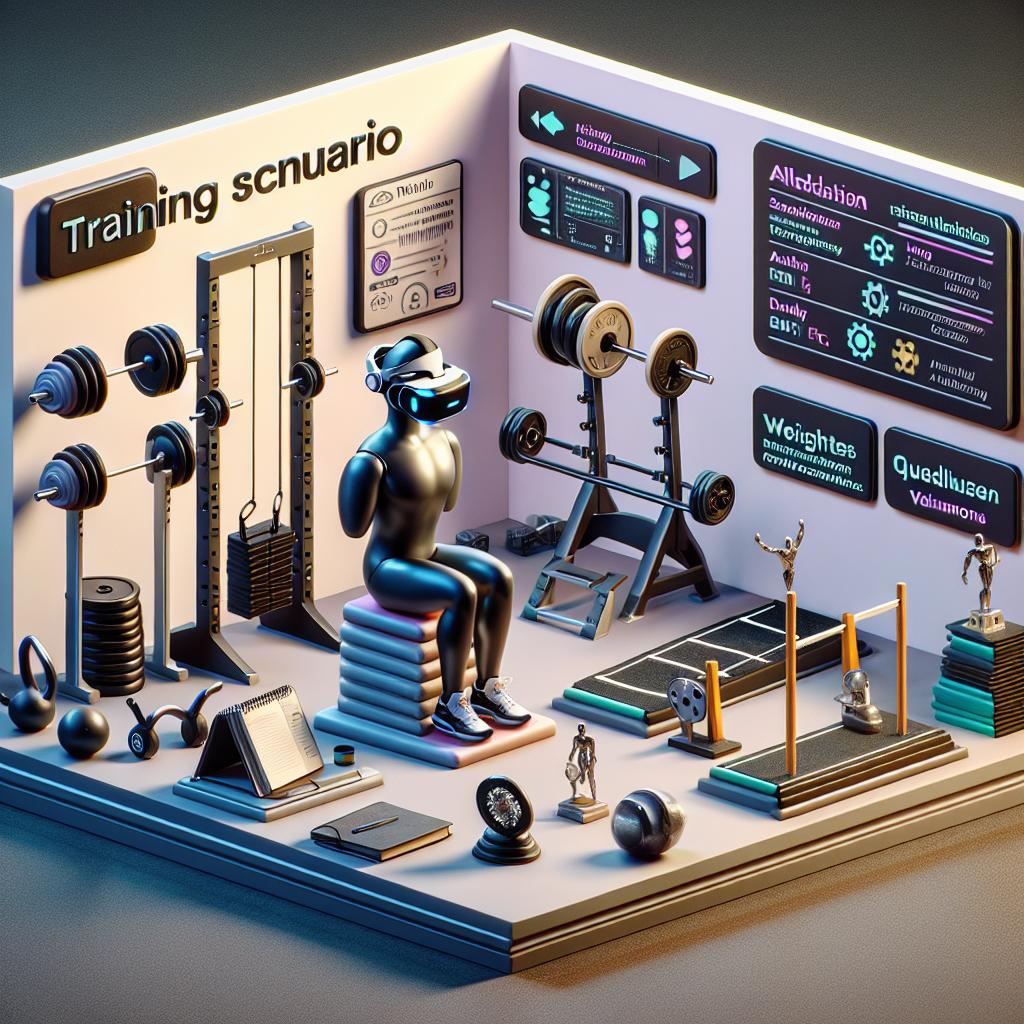In today’s digital landscape, chatbots have become the friendly frontlines of customer interaction, tirelessly answering queries, guiding users, and providing support around the clock. But while the concept of integrating a chatbot might sound like a tech-savvy dream come true, the journey to a successful implementation can sometimes feel more like navigating a labyrinth filled with unexpected twists and turns. As organizations venture into the world of artificial intelligence and automated communication, they often encounter a host of common challenges—from technical hiccups and integration issues to ensuring a natural conversational flow. Don’t fret! In this article, we’ll explore these challenges with a friendly hand, uncovering practical solutions and best practices to turn your chatbot aspirations into a smooth and seamless reality. Whether you’re just starting out or seeking to optimize an existing bot, let’s dive in and conquer the hurdles together!
Navigating the Maze of User Expectations to Create Engaging Chatbots
In the world of chatbot development, user expectations can sometimes feel like an intricate maze. Understanding what your users truly want is crucial, yet often overlooked. Chatbots need to be intuitive and engaging, resonating with the audience seamlessly. Here are some user expectations to consider while designing your chatbot:
- Responsive Communication: Users anticipate immediate responses that mimic natural human interaction.
- Personalization: Tailoring conversations based on user preferences enhances the overall experience.
- Multi-Functional Capabilities: Users appreciate chatbots that can handle various tasks, from answering queries to setting reminders.
To navigate this maze successfully, creators must invest in thorough testing and feedback loops. Regularly collecting insights from users can help fine-tune your bot’s functions and speech patterns. Implementing a feedback mechanism can foster a deeper connection between the user and the bot. Here’s a simple comparison table showcasing the differences between user expectations and potential chatbot capabilities:
| User Expectations | Chatbot Capabilities |
|---|---|
| Understanding context | Natural Language Processing |
| Availability 24/7 | Constant online presence |
| Fast resolutions | Automated responses |

Wrangling with Integration: Seamlessly Connecting Chatbots to Existing Systems
Integrating chatbots with existing systems often presents a set of unique challenges that can hinder smooth operation and optimal performance. One significant hurdle lies in ensuring compatibility between the chatbot platform and the various software solutions already in use. This involves navigating through diverse APIs, data formats, and protocols. To tackle this issue, businesses should consider:
- Conducting thorough research to identify which systems are most crucial for integration.
- Leveraging middleware solutions that can act as a bridge between disparate systems.
- Implementing robust testing phases to troubleshoot integration problems before full deployment.
Moreover, data synchronization poses another challenge when connecting chatbots to existing platforms. Inconsistent data can lead to poor user experiences and hinder decision-making capabilities. To ensure seamless data flow, organizations can adopt strategies like:
- Establishing clear data governance protocols to maintain data integrity.
- Utilizing real-time data processing to keep information current and relevant.
- Creating an easy-to-navigate user interface that minimizes the learning curve for end-users.
| Strategy | Benefit |
|---|---|
| Thorough Research | Identifies critical systems for integration |
| Middleware Solutions | Enhances compatibility & efficiency |
| Real-Time Processing | Keeps data current & synchronized |

Training for Success: Fine-Tuning Your Chatbot’s Language and Responses
To ensure your chatbot effectively communicates and engages with users, it’s crucial to refine its language and response patterns. This involves gathering data from interactions and analyzing common queries and feedback. By focusing on the nuances of human language, you can help your chatbot understand context, slang, and sentiment, leading to a more natural conversation flow. Consider implementing the following strategies:
- Regularly Review Conversations: Identify areas where responses may seem robotic or irrelevant.
- Incorporate User Feedback: Actively seek suggestions from your users on how to improve interactions.
- Engage in Continuous Training: Use machine learning techniques to adapt the chatbot’s understanding and responses over time.
The challenge lies not only in the words used but also in conveying emotions and intent. A well-tuned chatbot should reflect the brand voice and engage users in a manner that feels personal. Implementing a feedback loop can be immensely beneficial; it allows you to gather insights and tweak the chatbot’s responses efficiently. Here’s a simple table to illustrate key aspects of chatbot fine-tuning:
| Focus Area | Action | Expected Outcome |
|---|---|---|
| Language Complexity | Adjust vocabulary based on user demographics | Enhanced comprehension and engagement |
| Response Timing | Optimize response speed | Improved user satisfaction |
| User Intent Recognition | Implement NLP algorithms | Greater accuracy in responding |

Building Trust: Ensuring User Privacy and Data Security in Chatbot Interactions
In the realm of chatbot interactions, user trust stands as a pivotal component. To foster this trust, developers and businesses must prioritize transparency and clarity in their data handling practices. Users should be clearly informed about what data is collected, how it is utilized, and the measures taken to safeguard it. To implement these practices effectively, consider the following strategies:
- Clear Privacy Notices: Ensure that privacy policies are easily accessible and presented in a straightforward manner.
- Data Encryption: Utilize encryption technologies to protect user data both in transit and at rest.
- User Consent: Prioritize obtaining explicit consent from users before collecting sensitive information.
- Regular Audits: Conduct frequent reviews of data access and storage practices to identify and rectify vulnerabilities.
Moreover, the incorporation of robust security measures is essential to maintaining user privacy and preventing data breaches. A layered security architecture can mitigate risks effectively. Consider the following tools and techniques:
| Security Measure | Description |
|---|---|
| Firewalls | Implement firewalls to filter incoming and outgoing network traffic. |
| Tokenization | Use tokenization to replace sensitive data with non-sensitive equivalents. |
| Regular Backups | Perform regular data backups to ensure recovery in case of breaches. |
| Two-Factor Authentication | Require two-factor authentication for user accounts to enhance security. |
In Retrospect
As we wrap up our exploration of the common challenges in chatbot implementation, it’s clear that while the journey can be a bit bumpy, the destination is well worth the effort. Each hurdle presents a learning opportunity – from fine-tuning dialogues to enhancing user experiences, every step brings you closer to a truly engaging virtual assistant. Remember, even the mightiest chatbots started with their own set of challenges!
So, whether you’re just beginning your chatbot journey or looking to refine your existing solution, embrace the process with a spirit of curiosity and resilience. Surround yourself with a supportive team, continually gather feedback, and keep your users at the heart of your design. By tackling these challenges head-on, you’ll not only create a more effective chatbot but also cultivate a wonderful bond with your audience.
Now, go forth and conquer those challenges! With determination and a dash of creativity, you’ll transform obstacles into stepping stones, paving the way for chatbot success that leaves both you and your users smiling. Happy chatting!

